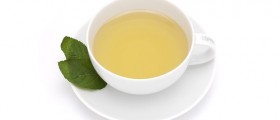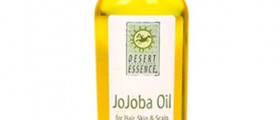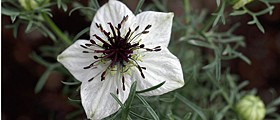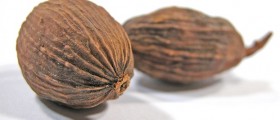
Thyme Oil Facts and Types
Fresh or dried leaves of the thyme plant can be steam distillated to produce the thyme oil, which is very good for better concentration and memory, and it also stimulates the brain. Thyme originates from Spain and Italy, but now there is a lot of thyme all across the Israel, Turkey and Russia. The name comes from the name thymos meaning perfume in Greek, but its original name is Thymes vulgaris and it grows about 16 inches in height in a shape of the shrub. The herb has the pale purple or pink flowers and oval shaped pale green leaves, while the seeds that are round and small have a rather acrid taste. There are some very important species of the thyme and they include wild thyme, caraway thyme, citrus thyme and common or garden thyme. This herb is said to be very good in preventing hair loss and it is also used for culinary purposes.
There are two known types of the thyme oil, they contain from 20% to 54% of thymol and they are red thyme essential oil, which is amber in color and has very spicy aroma, and the sweet thyme essential oil, which is yellow in color and has very sweet smell.
Uses of Thyme Oil
There are various uses of thyme oil; you can use it to prevent flu, cough and cold, or you can use it to combat the nasal congestion, mucus congestion or sinusitis. Thyme oil is also very good for the treatment of intestinal worms or lice, and it can be used as a skin cleanser as well. It can be helpful in reducing pain caused by the earache or toothache, but conditions such as arthritis, sciatica or sprains can be treated with thyme oil, too. The use of the thyme oil can be very good for people who have problems with urinary tract infections, digestive problems or respiratory problems, but it is good for reducing stretch marks as well. However, people who suffer from epilepsy, and hyperthyroidism should avoid using it.
Recipes for Thyme Oil
There are two types of thyme oils that can be made at home. The first one is infused thyme oil, for which you would need to place the thyme herb in the saucepan, dry roast it and add a cup of canola oil to it with constant stirring of 15 minutes in low heat. Leave it over night to cool down and then strain oil through fine wire mesh. You can use this oil for marinating meat for grilling, cooking pasta or as dip with bread. Another type of the thyme oil is called thyme and lemon infused oil. For this oil you will need to dry roast the thyme leaves, but this time you should add them along with the garlic and lemon zest to the clean glass bottle. You can use it for flavoring stews and soups or drizzling over pastas and salads.

















Your thoughts on this
Loading...